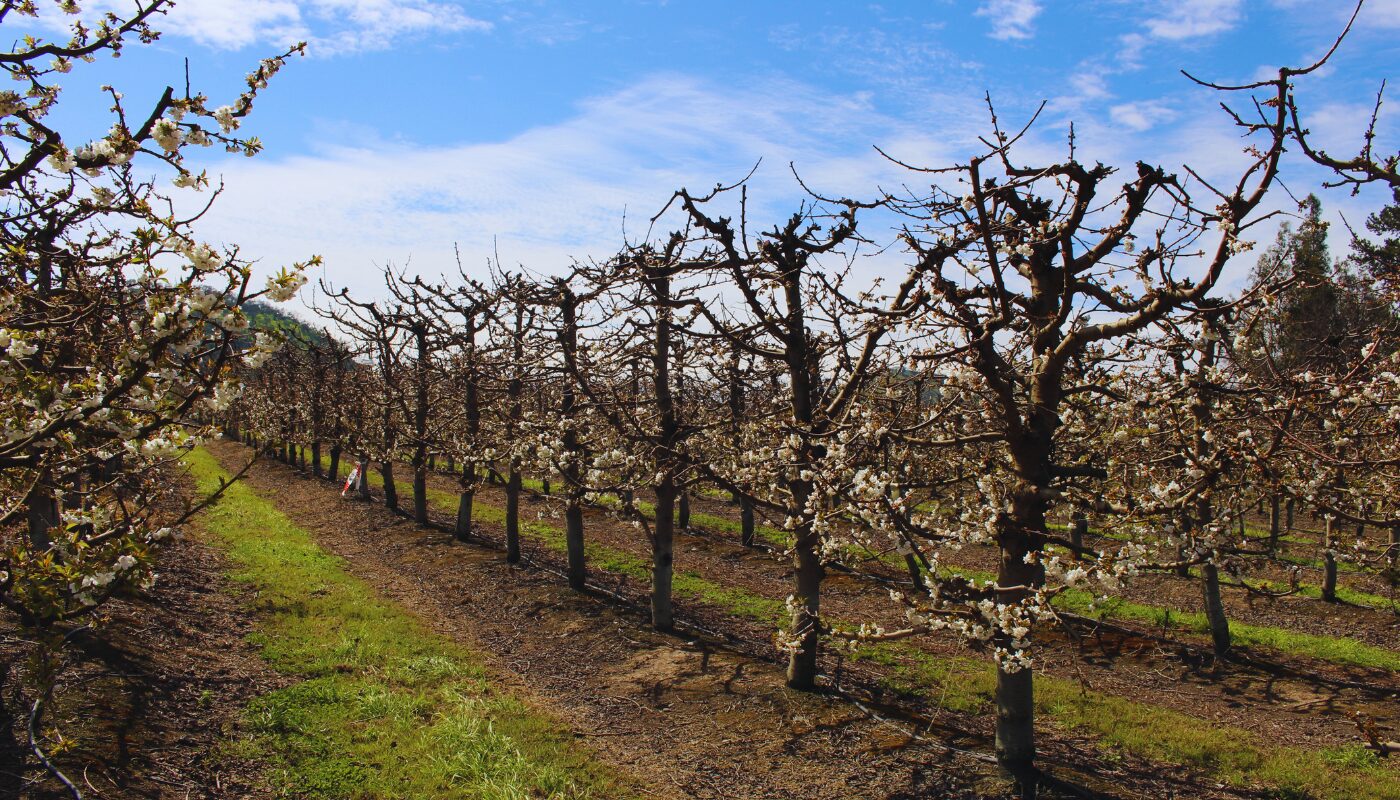A team from the University of California, led by Patrick Brown, Professor, Department of Plant Sciences; Davis Douglas Amaral, Cooperative Extension Advisor, Division of Agriculture and Natural Resources; and Ricardo Camargo, associate researcher, Department of Plant Sciences, is working on the study of Nitrogen (N) application methods in cherry trees, in order to improve the N fertilizer management tools available for California producers.
As explained in the publication made by the same University, sweet cherry producers in the area have a short margin to make decisions regarding N management, mainly due to the characteristics of the harvest in the area: they are usually the last to reach flowering and the first to harvest each season.
Currently, leaf sampling and critical values are often used for N management, tools that tend to simplify the diagnosis of deficiency but which, according to experts, can be improved through alternative approaches.
Thus, and through the sample of three high-production cherry trees, the following conclusions were reached:
- Tree Demand: N demand was determined to be an average of 2.59 lbs. per 1000 lbs. of harvested fruit plus an average of 28.3 lbs. per acre for perennial tissue growth and maintenance.
- Seasonal Uptake Patterns: Starting approx. 30 days after bloom, N uptake from the soil occurs rapidly through the fruit development and vegetative growth stages with up to 90% of uptake occurring by September.
Results
Nitrogen Demand: For tree crops, the total N requirement for the season can be estimated by multiplying the expected yield by a crop removal coefficient (i.e., the amount of N removed from the field with the harvested fruit). The results are then divided by the expected N-use efficiency (NUE).
- Total N = (Expected yield x N Removal Coefficient) ÷ NUE
Some mature crops, such as cherries, require additional N for perennial tissue growth. This amount typically ranges from 10 to 40 pounds of N per acre.
- Total N = [(Expected yield x N Removal Coefficient) + N for Perennial Growth] ÷ NUE
Correct Dosing: To increase Nitrogen efficiency, N fertilizer applications should be based on the estimated N requirement minus the N available from other sources, such as irrigation water and organic amendments.
Among other conclusions of the project, it was determined that from November to February, the amount of N present in the tree crown remains relatively stable, which suggests that the growth of leaves, stems and fine roots depends on the N stored in the perennial organs. Soil nitrogen uptake, on the other hand, begins 20 to 30 days after full flowering and continues to increase rapidly until September.
These are some of the conclusions that may be useful to producers in the future. To read more about this research check out the CFDA article.
Read more about USA here










